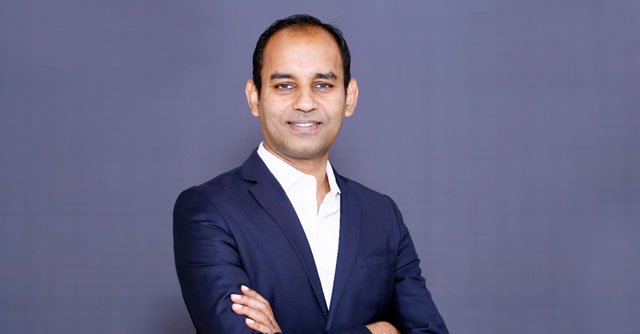
Server domain grapples with lack of talent: Manish Gupta


After launching storage solutions last year, Dell has now introduced 13 new server models under its PowerEdge.Next banner which includes HS5610, HS5620, R660, and R760, among others. The company’s PowerEdge portfolio offers block rack servers and small footprint tower servers to support business-critical and advanced workloads. In an interview with Techcircle, Manish Gupta, vice president and general manager (Infrastructure Solutions Group), Dell Technologies India, discussed the new servers and the overall industry. Edited excerpts:
What is the state of the server market in India?
There has been huge growth in the server market. As per a recent report by market research firm IDC, it has seen a 36.2% year-on-year growth in India. This is also indicative of the rapid digital transformation that has happened in the last few years.

Speaking about Dell, we have a share of close to 50% as per the IDC fourth-quarter result. Overall for the full year, our share has been 45.1%, which is a 700 times year-on-year growth.
How is Dell’s new range of PowerEdge servers better than your previous offerings?
We are introducing 13 new servers under the PowerEdge.Next product range. These servers offer increased computing power, are more ‘intelligent’, can support advanced artificial intelligence workloads and computations, and have higher memory subsystem bandwidth. These servers have cyber resilience at the core, helping Zero Trust adoption within organizations' IT environments by constantly verifying access and assuming every user is a potential threat.

Another differentiating factor is that these servers are more energy efficient and environmentally sustainable. For instance, the servers use liquid cooling instead of traditional air cooling methods, which significantly lowers the carbon footprint.
How are your servers equipped to handle large language model processing?
Our servers are purpose-built, which means that they are suited for different domains like edge, hyper scale, or artificial intelligence.

Large language AI models require a lot of data to generate output. And processing this large amount of data requires multiple graphic processing units (GPUs), which need to ‘interact’ with each other and have fast connectivity between them. This is a difficult challenge for a traditional server, but our purpose-built servers deal with it efficiently.
What are some of your important partnerships?
We have a large partnership ecosystem. Our go-to market is where we work with our client companies in terms of training them on new skills and technologies, and offering engineering support. Further, we have global alliances and original equipment manufacturer (OEM) partners who take our products and build capabilities on top of them. Some of such partner organisations include Infosys, Wipro, and Tata Consultancy Services. Last year, we formed a partnership with cloud data company Snowflake, combining its cloud data technology with our on-premise storage systems.

We also collaborate with governments regularly. One of the recent ones is our partnership with the Karnataka government to equip startups in the state with cybersecurity capabilities.
What are the major trends in the server market in India?
One of the biggest trends is that customers are showing more willingness to adopt multi cloud. Companies today understand that they can’t live in a ‘uni cloud’ world and that applications need to be in the right cloud.

Further, the usage of accelerators for performing specific tasks is gaining importance. Accelerators include GPUs, intelligent processing units (IPUs), and Field Programmable Gate Array (FPGA) which crunch large volumes of data faster.
Beyond these, sustainability and cyber resilience at the core have emerged as major trends.
All said, the field still grapples with the lack of appropriate skill and talent base. The tech is evolving at a rapid pace and we have observed that in many cases, neither the academic curriculum nor the industry training is well-equipped to handle it.

